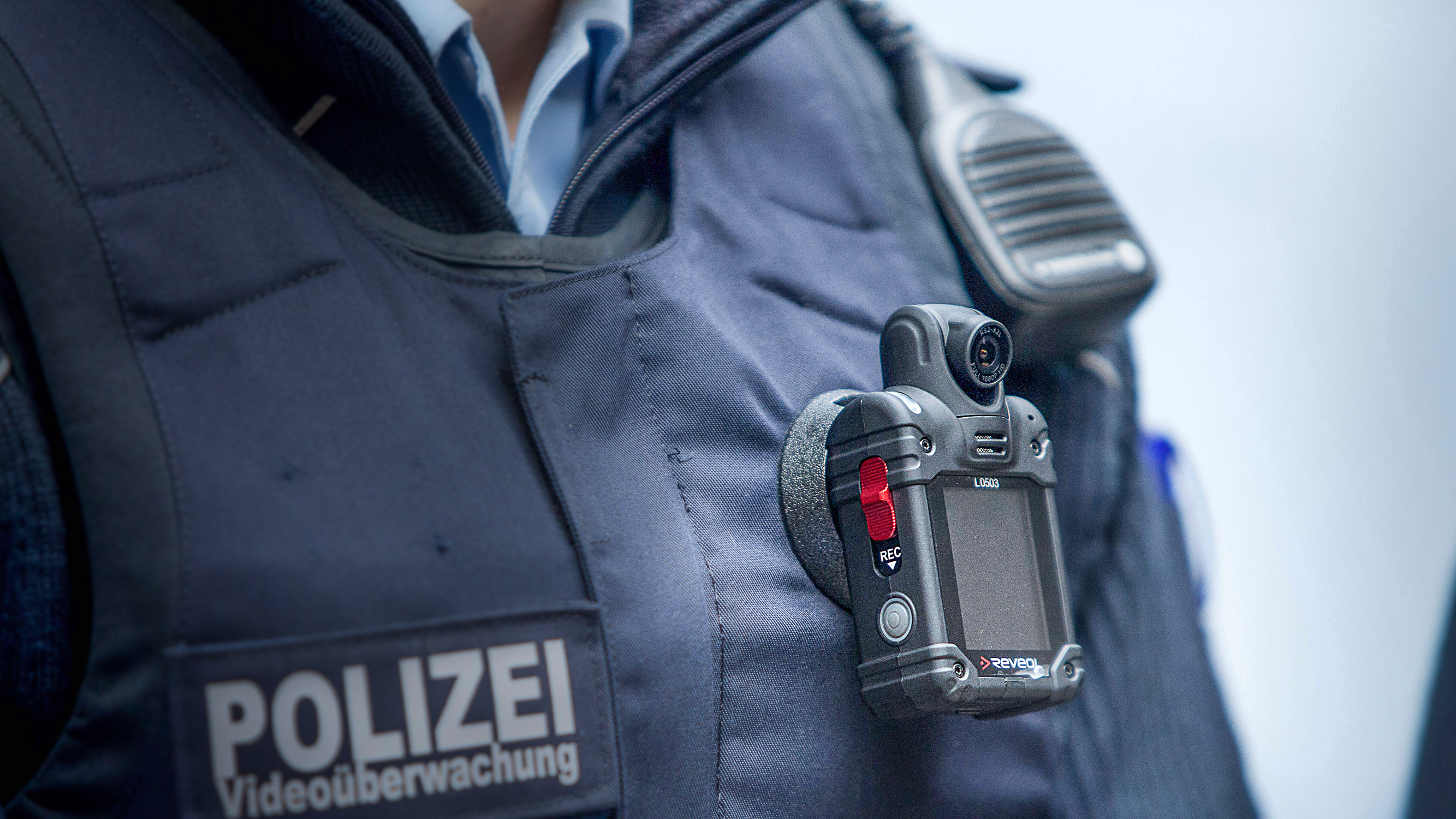Global body camera market to boom as demand for justice and police culpability continues to grow
As growing pressure on police forces to take responsibility for brutality and homicide grows, body worn cameras are becoming the norm

The global body camera market is projected to reach $1.2 billion (approximately £981 million / AU$1.9 billion) by 2030, according to estimates, up from an estimated $363.6 million (£297.3 million / AU$560.7 million) in 2024 – at a compound annual growth rate (CAGR) of 20.7%.
A major growth factor is the increasing demand for police to be held to increased accountability for their actions, and transparency in law enforcement and security operations.
Demand for the best body cameras are also expanding beyond this sector, as hospitals have begun trials using AI body cameras to reduce deaths from medication errors. Private security and transportation industries, where documentation is essential, have also adopted body-worn cameras.
AI and smart features including real-time streaming, facial recognition, and automated data analysis are also driving the market.
In the US, the police killed at least 1,232 people in 2023, making it the deadliest year for homicides committed by law enforcement in more than a decade.
“The presence of body-worn cameras encourages better behavior among officers, knowing that their actions are being recorded and subject to review,” says Valuates, which compiled the report. “This focus on accountability not only enhances the credibility of police forces but also drives the demand for advanced body-worn camera solutions in the market.”
A study by a team of public safety experts and world economists released by the University of Chicago Crime Lab and the Council on Criminal Justice’s Task Force on Policing argued that body cameras in law enforcement are both cost-effective and beneficial.
Get the Digital Camera World Newsletter
The best camera deals, reviews, product advice, and unmissable photography news, direct to your inbox!
Professor Jens Ludwig, head of the Crime Lab, says the findings show that the key benefit of body-worn cameras is the reduced use of police force. For example, among the police departments studied, complaints against police dropped by 17%, and the use of force by police during fatal and non-fatal encounters fell by nearly 10%. "That's hopeful but not a panacea," Ludwig says.
"Body-worn cameras are a useful part of the response but not a solution by themselves. Body-worn cameras are not going to solve the problem of the enormous gap we see in police use of force in the U.S. against Black versus white Americans."
Even so, New York University Professor Morgan Williams Jr says "integrating the technology into policing practices can be an important step towards making policing fairer and more accountable."
The integration of advanced features such as real-time streaming, facial recognition, and automated data analysis enhances the functionality and appeal of body cameras, which in turn is driving the market growth.
You might also like…
Take a look at our guides to the best body cameras, the best 360 degree outdoor security cameras, and the best indoor security cameras.

After graduating from Cardiff University with an Master's Degree in Journalism, Media and Communications Leonie developed a love of photography after taking a year out to travel around the world.
While visiting countries such as Mongolia, Kazakhstan, Bangladesh and Ukraine with her trusty Nikon, Leonie learned how to capture the beauty of these inspiring places, and her photography has accompanied her various freelance travel features.
As well as travel photography Leonie also has a passion for wildlife photography both in the UK and abroad.
